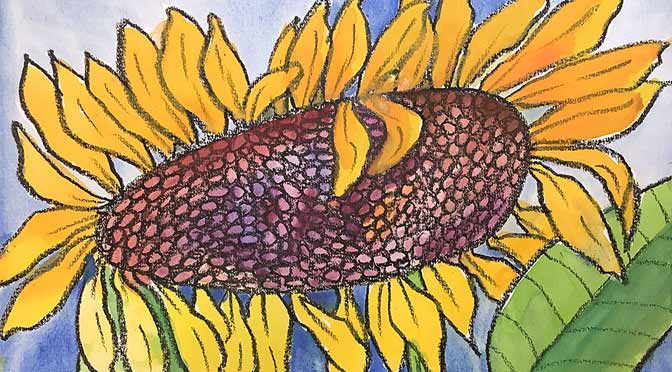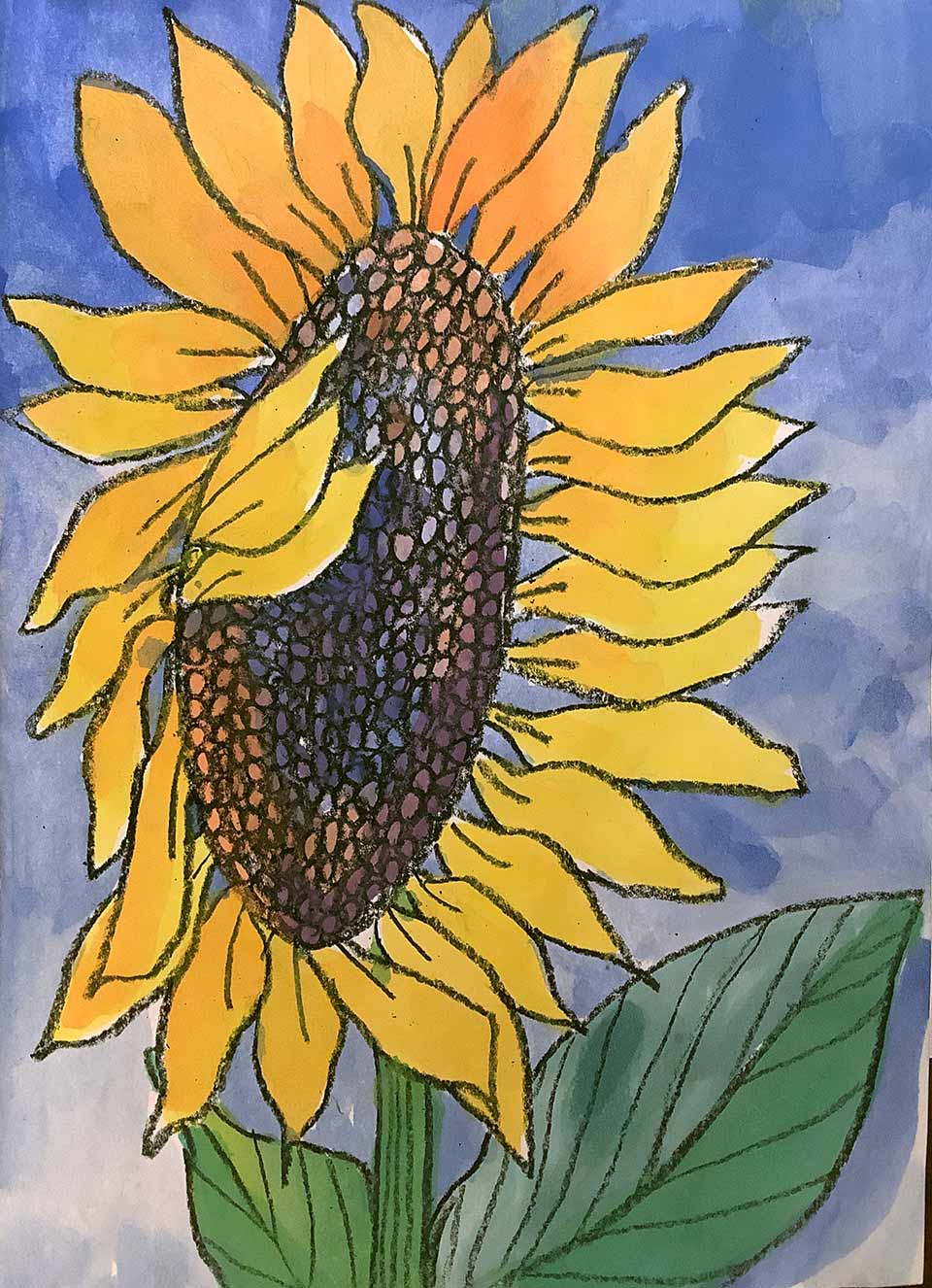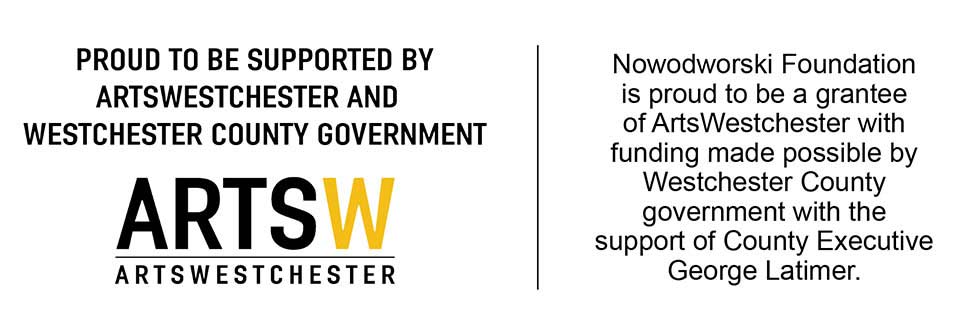POLLINATORS IN ACTION – SUNFLOWERS
February 7th at 5:00 PM. To sign up for this program send an email to office@sitenf.org with the note ART WORKSHOP in the subject line. We will email you the ZOOM ID and password.
Materials:
- Black wax crayon (or any dark color crayon)
- Watercolor or water-based paint
- Sturdy white paper
- Brush and container of water
- Paper towel
- Newspaper or table covering (optional but recommended)
Many sunflowers can self pollinate, as pollen is spread by wind between florets in a single disc. However, insect pollination is more beneficial, especially in times of stress. Bees could increase self pollination rate, spreading it while crawling between florets on a single disc.
The plant was first domesticated in the Americas. Sunflower seeds were brought to Europe from the Americas in the 16th century, where, along with sunflower oil, they became a widespread cooking ingredient. With time, the bulk of industrial-scale production has shifted to Eastern Europe, and (2020) Russia and Ukraine together produce over half of worldwide seed production.
The plant has an erect rough-hairy stem, reaching typical heights of 10 feet. Sunflower leaves are broad, coarsely toothed, rough and mostly alternate; those near the bottom are largest and commonly heart-shaped.
The plant flowers in summer. What is often called the “flower” of the sunflower is actually a “flower head” 3–5 in wide, of numerous small individual five-petaled flowers (“florets”). The outer flowers, which resemble petals, are called ray flowers. Each “petal” consists of a ligule composed of fused petals of an asymmetrical ray flower. They are sexually sterile and may be yellow, red, orange, or other colors. The spirally arranged flowers in the center of the head are called disk flowers. These mature into fruit (sunflower “seeds”).
—wikipedia



